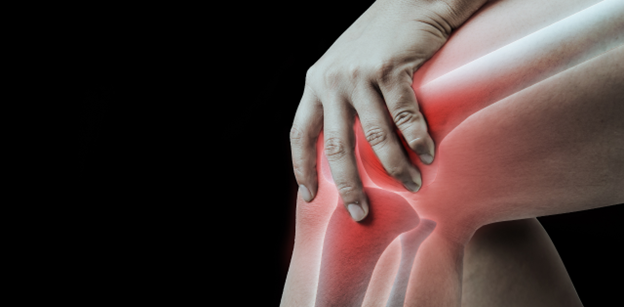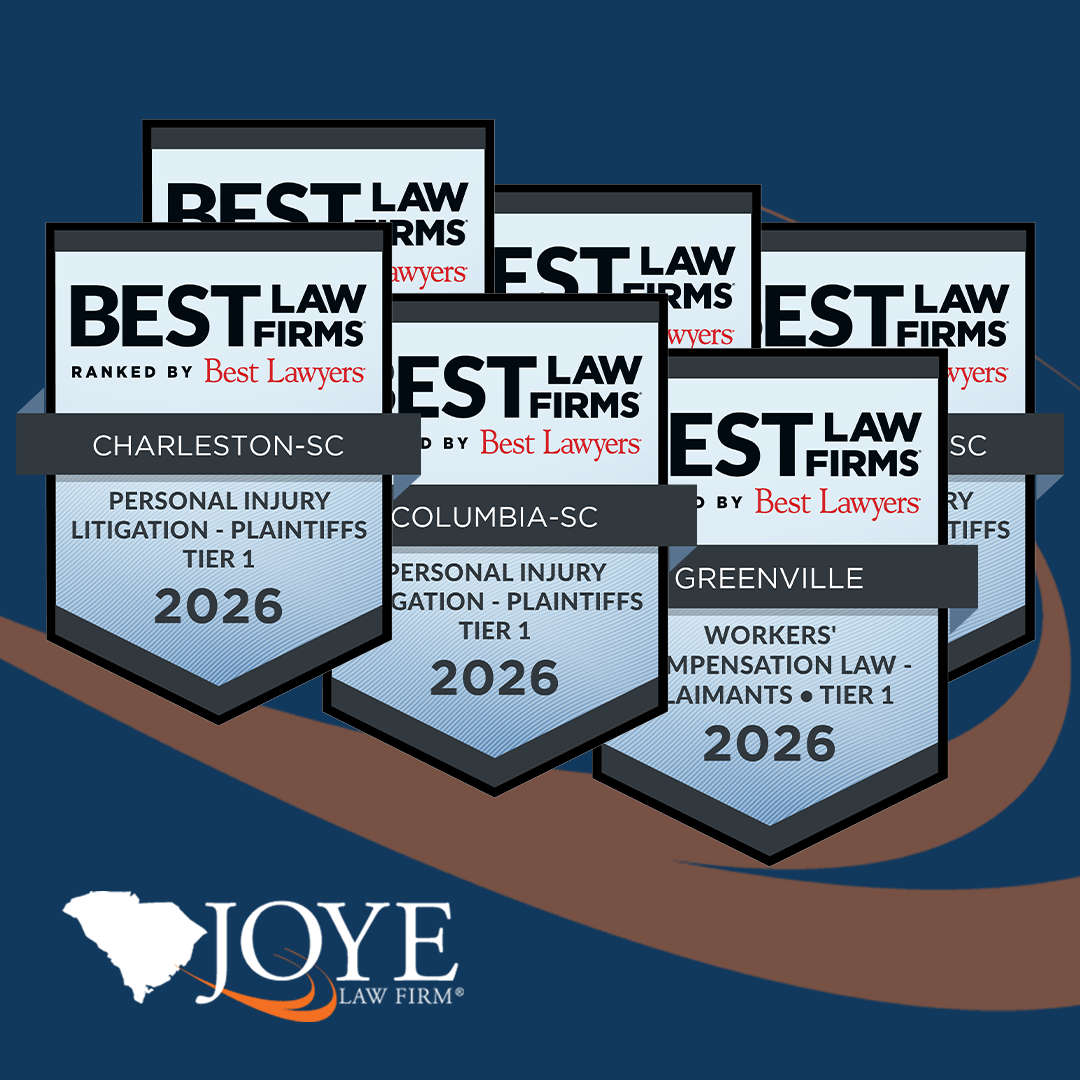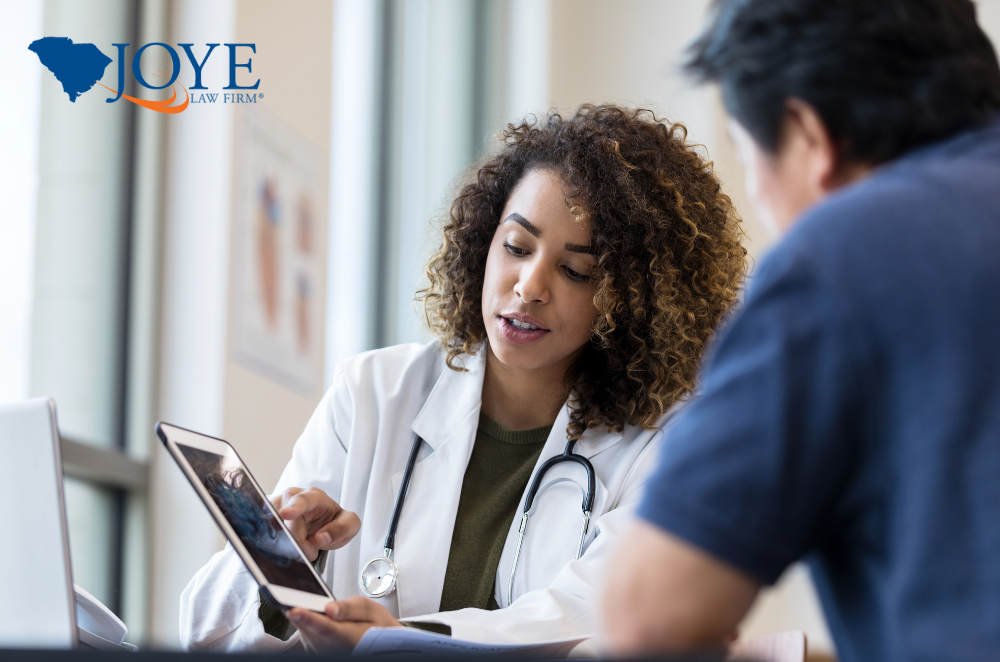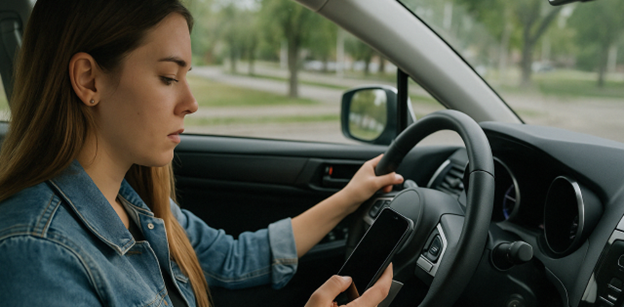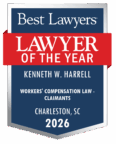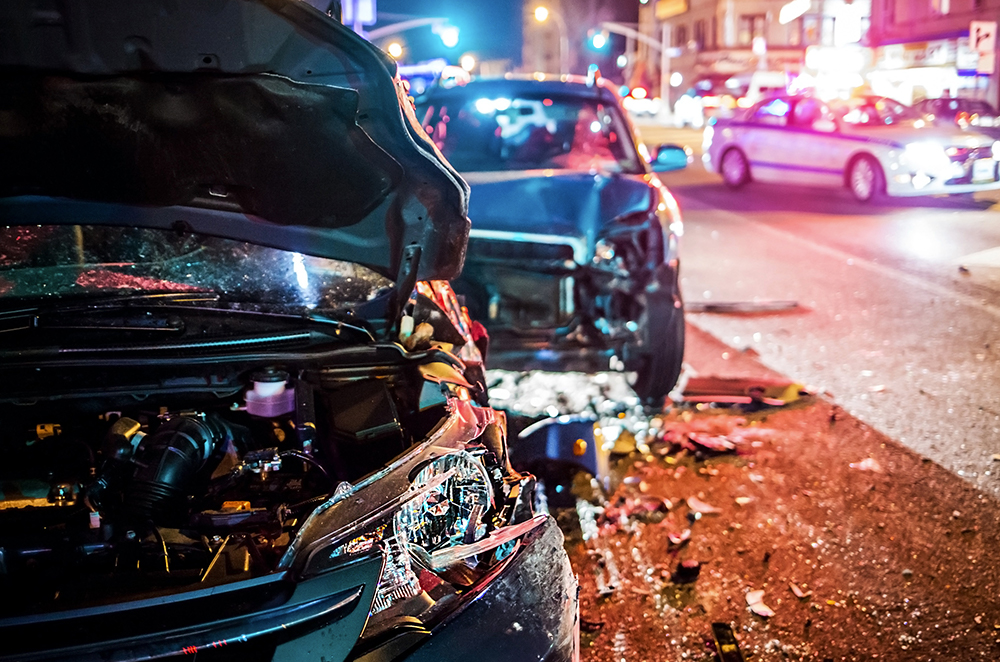
A secondary car accident is any crash that happens as a result of another “primary” car accident. According to the Federal Highway Administration (FHWA), one in every five car crashes is a secondary crash.
However, drivers should never make the mistake of assuming “secondary” accidents are any less dangerous or destructive than primary accidents. A pile-up is a particularly dangerous example of a secondary accident.
What Causes Secondary Car Accidents?
Secondary accidents can happen easily and in a number of ways. The most common type of secondary accident is a rear-end collision. For example, Driver A stops suddenly and unexpectedly and is struck by Driver B, and Driver B is then hit by Driver C.
Secondary accidents can also be caused by:
- Rollover accidents
- Sideswipe accidents
- Drivers swerving to avoid highway debris, spilled cargo, or animals in the road
- Stalled or disabled vehicles
- Tailgating
- Rubbernecking (slowing down to look at traffic accidents)
Where Do Secondary Accidents Occur?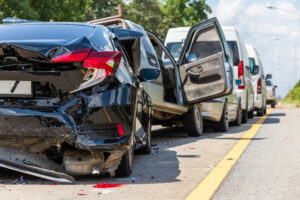
Secondary accidents can happen anywhere a primary car accident can, but they are most common in urban areas or on highways with at least four lanes, as a small accident in heavy traffic can result in many other accidents if surrounding drivers aren’t able to react in time.
Who is Liable in a Secondary Car Accident?
Because secondary accidents usually involve three or more vehicles, it can be difficult to assign liability. This is especially true in South Carolina, where more than one driver could be considered at fault.
Returning to our rear-end collision example, Driver A could be considered partially at fault for stopping without warning, but Driver B and Driver C could also be considered partially at fault for following too closely.
If you were involved in a multi-vehicle crash, your best option is to hire an experienced auto accident lawyer who can help compile evidence to prove the other drivers’ actions contributed more to the accident overall.
How to Avoid Secondary Accidents
The best way to avoid secondary accidents is to always stay alert on the road and be prepared to react quickly to any hazards you might encounter.
- Always leave plenty of space between yourself and the vehicle in front of you.
- Avoid excessive speeding, as it can make it harder to react in time to unexpected traffic situations.
- Drive in a manner appropriate to the road and weather conditions, such as by driving slower when it’s raining.
- Always use your turn signal before changing lanes and make sure your headlights and brake lights are working.
- Proceed cautiously when you see signs of an accident, such as flashing lights, ahead of you.
- Don’t rubberneck—keep your eyes and attention focused on the road ahead.
After a Secondary Car Accident, Call Joye Law Firm
After a car crash in South Carolina, you will likely have a lot of bills to pay – including both vehicle repair bills and medical bills. When your crash was someone else’s fault, you shouldn’t have to pay those expenses out of pocket.
The experienced South Carolina auto accident attorneys at Joye Law Firm know how to analyze your crash and compile evidence that shows you were not at fault for your accident. Then, we’ll demand you get fair compensation from the at-fault driver and their insurance provider. Contact us today for a free case review.




